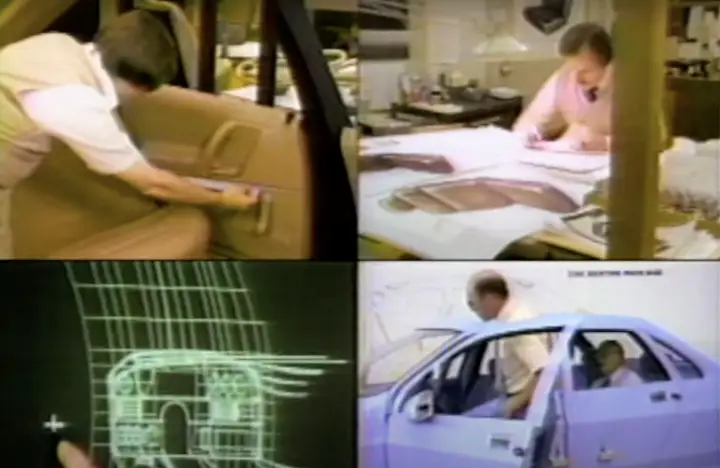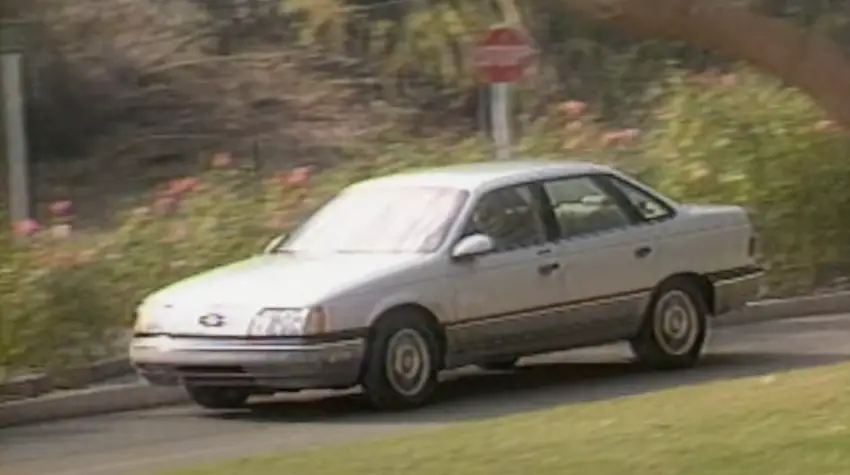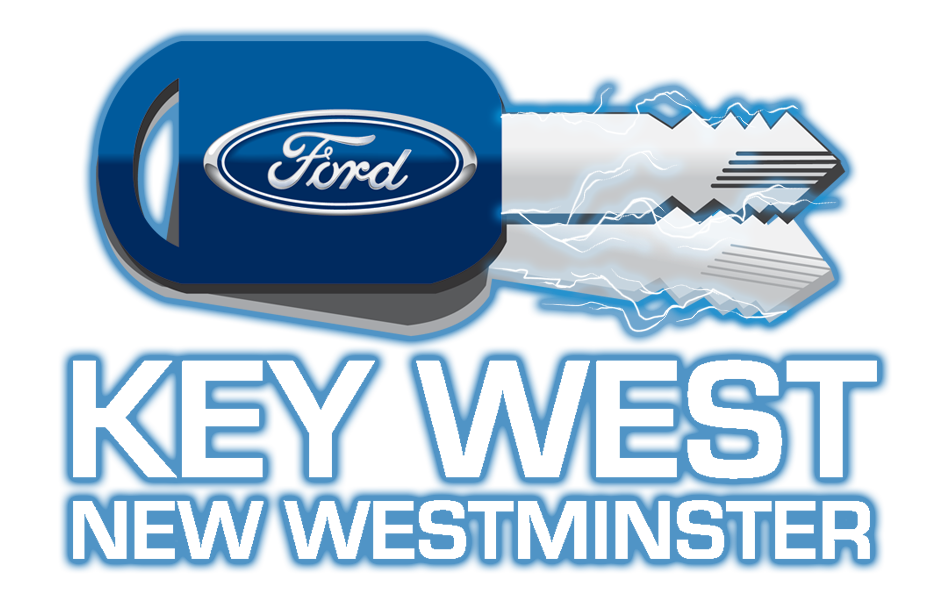By now, it’s a well-known fact that the Ford Taurus quite literally saved The Blue Oval from extinction at a time when American automakers were falling behind their Japanese rivals in both design and quality. The Taurus debuted to much fanfare and became an instant hit with consumers, overtaking the Honda Accord as the best-selling car in the U.S. in 1992. It never looked back, racking up more than eight million sales before being discontinued in 2019. Recently, MotorWeek revisited some of the groundbreaking decisions Ford’s design team made that contributed to this success.
When designing the 1986 Ford Taurus – and its Mercury Sable sibling – Ford focused not only on styling but also on aerodynamics. The DN5 project, as it was known, was the first within the company to use a team design concept, where a small group of engineers worked together from start to finish. Without interference from cost analysts – despite a reported $3 billion USD development cost – the team emphasized the principle of form following function while maximizing interior space through innovative exterior design.

Inside the Taurus, controls were designed to be easily identifiable by touch alone, while seats were ergonomically crafted for maximum comfort. The exterior’s jelly bean-inspired curves carried over to the cabin, with fabrics matching the body colors. Ford’s design team also relied extensively on computers, with 90% of the final body panels created digitally before being checked for proper alignment and assembled mostly by robots. The Taurus program set a precedent by utilizing more prototypes covering greater distances than any of its predecessors.
Despite immense pressure, Ford remained confident that the Taurus would be a success, and that confidence paid off. Interestingly, as previously reported, the Taurus name was one of 20 considered by Ford—one of the alternatives being Integra, a name that Acura would later adopt. In the end, the Taurus not only changed Ford’s trajectory but also set new standards for American automotive design and production.

